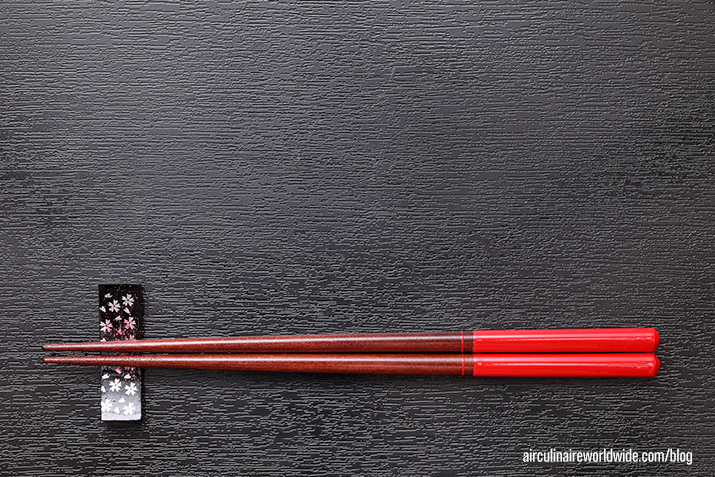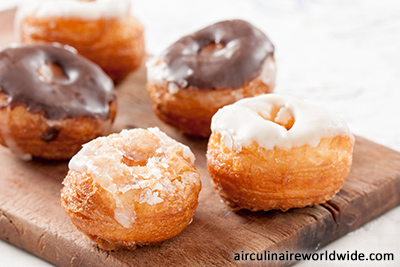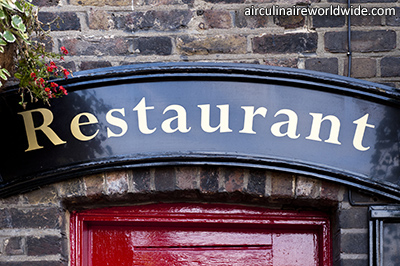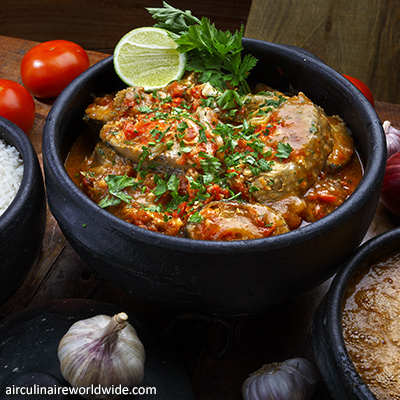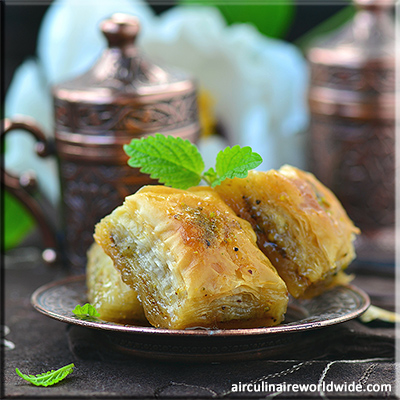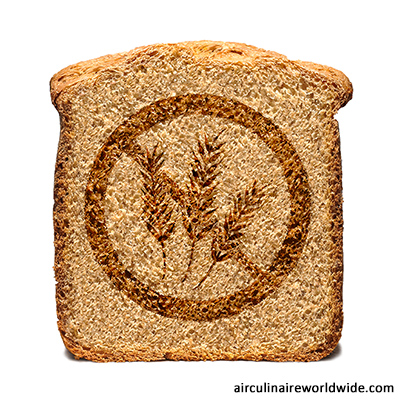These simple bamboo sticks were invented in China around 1200 BC during the Shang Dynasty and are thought to have been a response to a change in resources during a population explosion in China. As the population grew, cooking resources (fuel) became limited and cooks were forced to cut ingredients into smaller pieces as to not use up so much fuel in the cooking process. The eating utensils of the time, basically knives, were not nimble enough to pick up the food and therefore chopsticks were born. This eating style quickly spread throughout the other Asian nations of the time and is still in practice today.
It is estimated that about 33% of the world’s population uses chopsticks for dining, and this is commonly in Asian cultures. But, did you know that there are rules in each culture when using chopsticks? Keep these in mind the next time you are communing over a dish with chopsticks in hand, to ensure you are following local etiquette.
China: 筷子 Kuàizi
- Do not tap chopsticks on the edge of your bowl. Beggars make this sort of noise to attract attention.
- Do not point rested chopsticks towards others seated at the table as it is considered impolite.
- Chopsticks left vertically stuck into a bowl of rice resembles the ritual of incense-burning that symbolizes “feeding” the dead and death in general and is considered bad luck.
- Resting chopsticks at the top of the bowl means “I’ve finished.”
- Resting chopsticks on the side of one’s bowl or on a chopstick stand signifies one is merely taking a break from eating.
Japan: 箸 Hashi
- Chopsticks should not be crossed on a table as this symbolizes death.
- Chopsticks should be placed right-left direction with the tips on the left.
- The pointed ends of the chopsticks should be placed on a chopstick rest when the chopsticks are not being used.
- Do not rub your chopsticks together. It signifies that you think they are cheap and an insult to your host.
Korea: 젓가락 jeosgalag
- It is polite and respectful to let elders pick up their utensils first.
- When setting chopsticks down, never put the chopsticks to the left of the spoon. Chopsticks are only laid to the left during the food preparation for the funeral or the memorial service for deceased family members.
- Do not hold your spoon and chopsticks in one hand simultaneously as it is frowned upon.
- Eating rice with chopsticks is accepted but traditionally considered to be a practice of low class.
Vietnam: đũa
- One should not pick up food from the table and place it directly in the mouth. Food must be placed into one’s own bowl first.
- Placing chopsticks in a “V” shape when done eating is interpreted as a bad omen.
- Individual diners’ chopsticks should not be dipped into the communal soup bowl.
- Reversing the ends of the individual’s chopsticks to the “clean ends” is preferred if communal serving utensils are not provided.
Thailand ตะเกียบ dtà~gìap
- When a diner finishes their dish, they put their chopsticks on the bottom of the bowl.
- Do not stick the chopstick into a bowl with food, as this symbolizes feeding the deceased.
- It is considered impolite to make a sound with chopsticks while eating.
- It is poor etiquette to rest or hold chopsticks pointing towards others.
Questions?
IIf you have any questions about this article or flight crew culinary training, contact me at rpeterson@airculinaire.com. For questions about in-flight catering, contact weborders@airculinaire.com.
